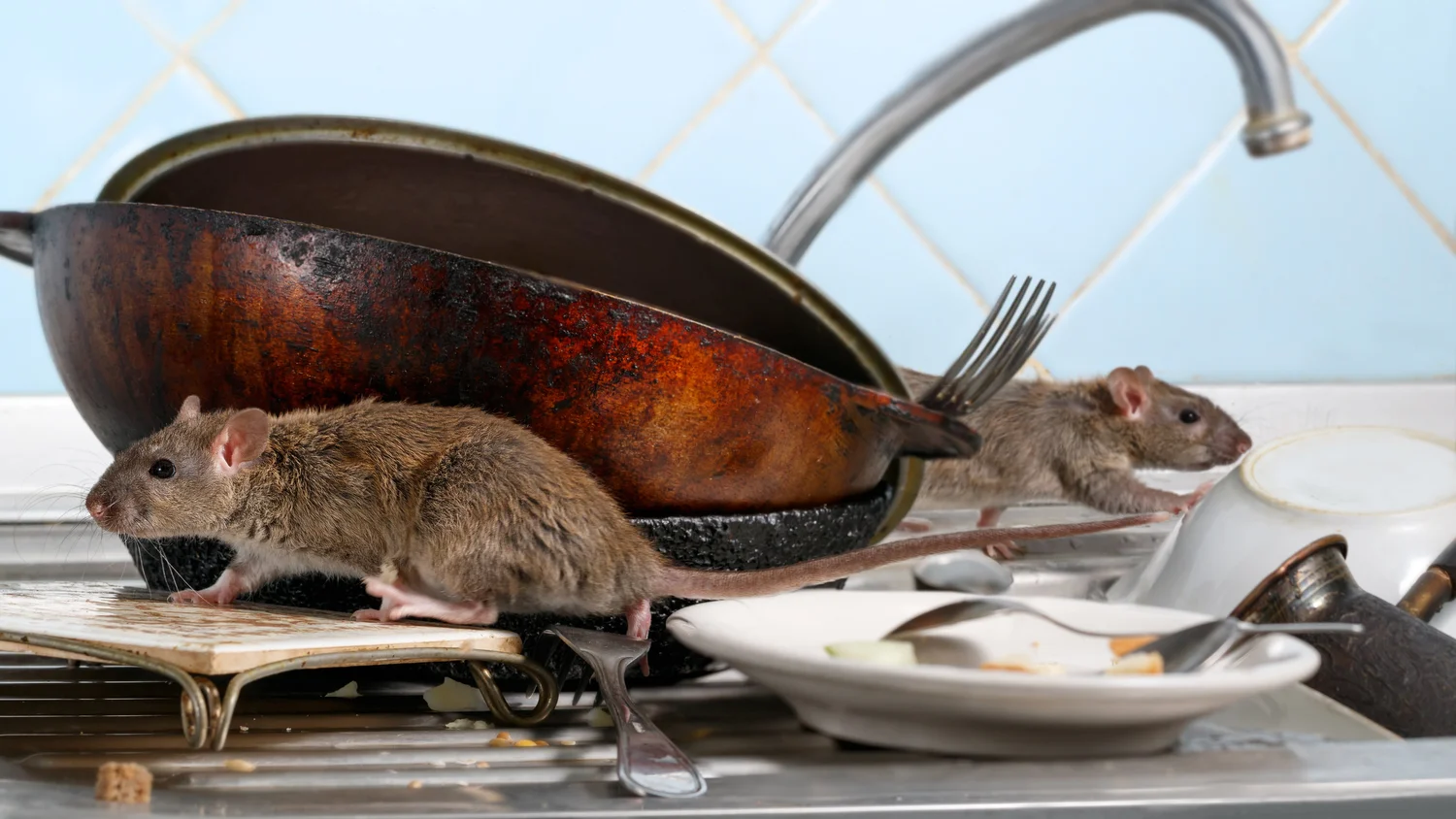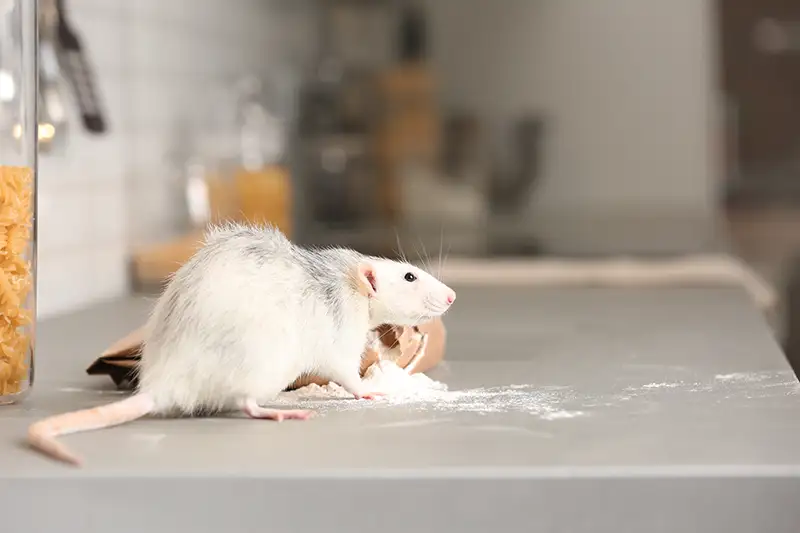Using Traps for Pest Prevention: A Practical Guide for Your Home
Share
Understanding the Importance of Pest Prevention
Theres nothing quite like the discomfort of an unexpected pest invasion in your beloved home. Uninvited guests like insects or rodents can not only damage your property but also pose future health risks. This makes Using traps for pest prevention a critical aspect of maintaining a safe and serene living space. Let's explore how implementing traps effectively can shield your home from pesky intruders.

The Science Behind Using Traps
Using traps for pest prevention is not merely about setting up a pathway to capture pests, but its about understanding pest behavior and habitat. Each pest or rodent type is unique and requires specific kinds of traps, whether they are sticky traps for insects or snap traps for larger rodents. By aligning traps with pest habits, you can effectively manage and prevent costly infestations.
How to Choose the Right Trap
Choosing the right trap for your home depends on the type of pest youre dealing with. For instance, effective insect traps may vary significantly in design and function compared to those used for mice or rats. Hence, doing a little groundwork to identify the specific kind of trapwhether it's sticky, electric, or cageis instrumental in achieving effective pest prevention.
Positioning Your Traps Correctly
Simply having the right trap is not enough to ensure pest prevention success. Strategic placement is crucial when it comes to Using traps for pest prevention. The goal is to set traps in activity hotspots, such as proximity to food sources or near wall edges where these pest creatures are likely to travel.
To dive deeper into how you can position traps successfully and keep pests at bay, consider these homecare strategies that focus on trap placement and maintenance.
Maintaining Your Prevention Routine
Once your traps are in place, its important not to forget about them. Regular checks and maintenance allow you to see how effective your traps are and whether any adjustments need to be made. Over time, traps may need to be replaced or repositioned to account for changes in pest activity patterns. Consistent inspection and upkeep are vital in ensuring continued pest prevention in your home.
For a more comprehensive overview of managing your anti-pest regimen, you might want to explore these rodent control tips and see how they complement your routine.

DIY Trap Innovations
For those who are inclined towards hands-on solutions, creating DIY traps using household items can be both effective and satisfying. Crafting DIY traps might involve items such as bottles, food baits, or sticky tapes. While professional traps are recommended for severe cases, small-scale issues can often be managed with a bit of creativity and resourcefulness.
Learn More About DIY Methods
If going the DIY route interests you, uncover more fascinating techniques in the DIY pest control sphere, handling nuisances like a pro from within your own quarters.
FAQ
What is the most effective trap for rodents?
Snap traps are typically the most effective for rodents as they offer quick results with minimal mess. However, the choice can vary based on pest behavior and environment.
How often should traps be checked or replaced?
Traps should be checked frequentlyabout once bi-weekly to weeklyto ensure they're in working condition and are effectively capturing pests.
Can I rely solely on traps for pest prevention?
While traps are an integral part of pest prevention, combining them with other preventive measures, like sealing entry points and keeping a clean environment, will enhance overall effectiveness.
This article contains affiliate links. We may earn a commission at no extra cost to you.
